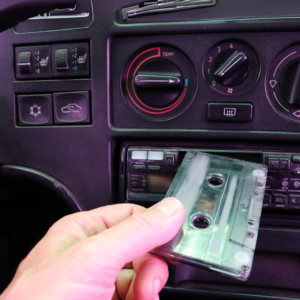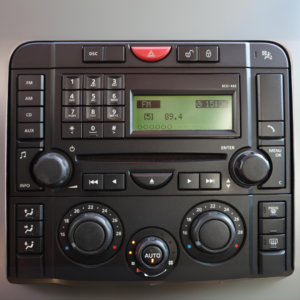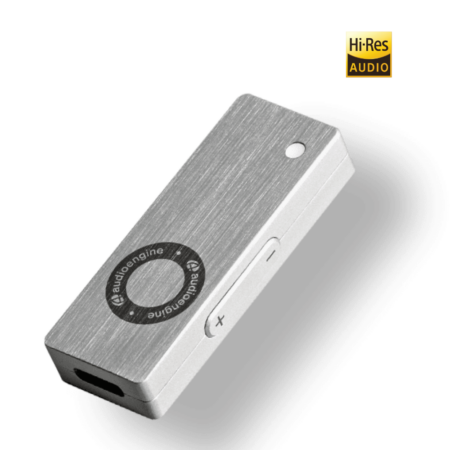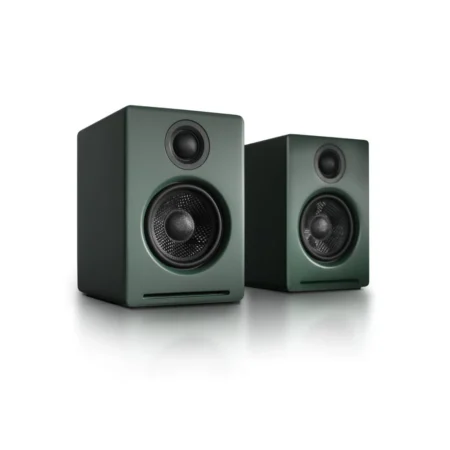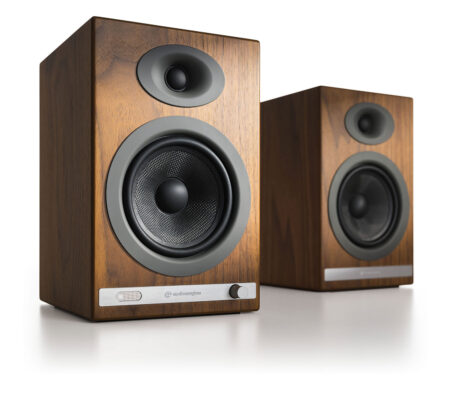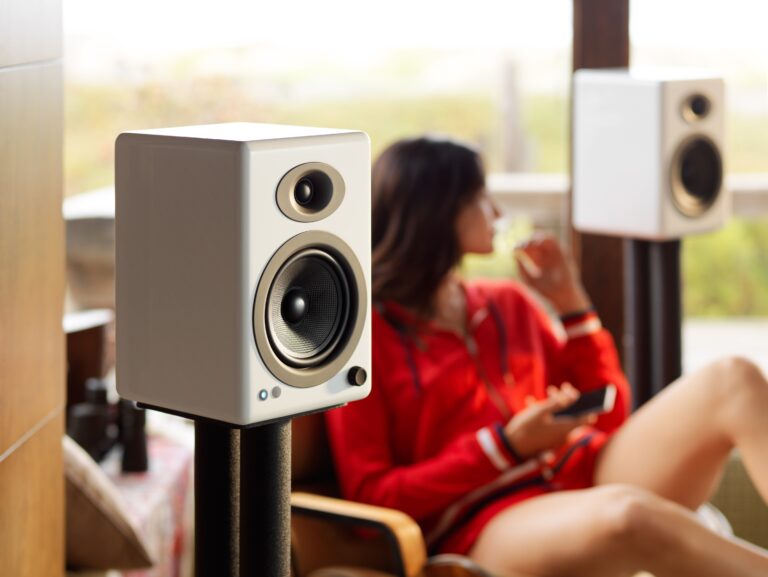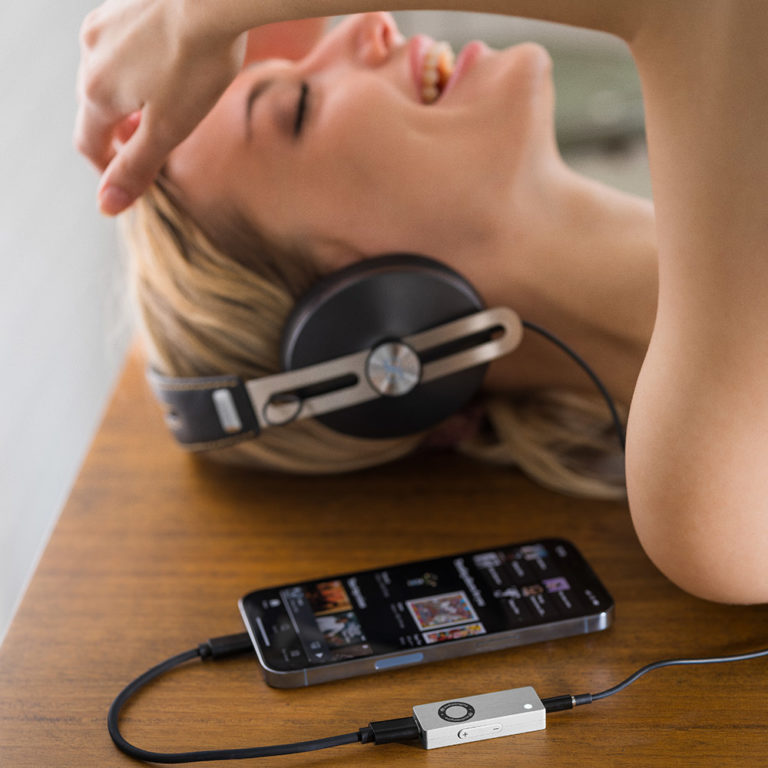The Evolution of Car Audio: From Analog Beginnings to Modern Innovations
Car audio systems have undergone significant transformations over the decades, evolving from basic AM radios to sophisticated digital sound systems. This blog explores the evolution of car audio technology, highlighting key developments, the advent of new technologies, and what music lovers should look for when upgrading their car audio systems today. We will also discuss how a Digital-to-Analog Converter (DAC) like the Audioengine DAC3 can enhance your car's audio performance.
Pre-1980: The Early Days of Car Audio
In the early days of car audio, most vehicles were equipped with simple AM radios. These systems offered limited sound quality and frequency response, focusing mainly on talk radio and news broadcasts. The introduction of 8-track tapes in the 1960s allowed drivers to listen to their favorite music on the go. However, these systems had significant limitations, such as a restricted frequency range and the physical wear and tear on tapes, which could affect sound quality.
1980s: The Cassette Era
The 1980s saw the widespread adoption of cassette tapes, which offered better sound quality and greater convenience compared to 8-tracks. Car manufacturers started integrating cassette players into their audio systems, making it easier for consumers to enjoy their music collections while driving. Some high-end models included built-in equalizers for better sound customization. Later the cassette adapter was introduced, allowing users to connect portable music players to their 80’s car stereos.
1990s: The Rise of CDs
The 1990s marked the arrival of CD players in cars, which brought a significant leap in audio quality. CDs offered digital sound with higher bitrates and less noise compared to analog tapes. Car audio systems also began to include features like multi-disc changers and improved speaker systems.
- CD Players: Provided digital audio with superior clarity, a broader dynamic range, and no degradation over time.
- Additional Input Options: While some head units from their era include a 3.5mm input on the front, most include an RCA input on the rear (behind the dash) that can easily be converted to 3.5mm with an adapter cable.
As digital music became more popular, the demand for seamless integration with car audio systems increased, leading to the development of new connectivity solutions.
2000s: The Digital Revolution
The turn of the century brought digital audio files and the advent of portable music players like the iPod. Car audio systems evolved to include auxiliary inputs, allowing drivers to connect their digital music devices directly to the car's audio system. Bluetooth technology also began to emerge, enabling wireless audio streaming from smartphones. Early Bluetooth technology, however, was not lossless and provided lower than CD quality audio. While modern devices have advanced significantly, offering higher bitrates and better sound quality, older head units may not have the receivers needed to handle these improved bitrates.
Key Features:
- Auxiliary Inputs: Enabled easy connection of MP3 players and other digital devices, offering greater flexibility and better sound quality.
- Bluetooth: Introduced wireless audio streaming and hands-free calling, enhancing convenience and reducing clutter. Early Bluetooth implementations, however, had limited audio quality compared to wired connections and CDs.
With the rise of digital music, the need for versatile connectivity options in car audio systems became crucial, marking a significant shift towards a more connected and user-friendly audio experience.
2010s: Integration and Connectivity
The 2010s saw the integration of advanced infotainment systems in cars, combining audio, navigation, and connectivity features. Apple CarPlay and Android Auto allowed seamless integration of smartphones with car audio systems, offering access to music, navigation, and communication apps directly from the car's head unit.
Key Features:
- Infotainment Systems: Combined audio, navigation, and connectivity, creating a centralized hub for all digital interactions.
- Apple CarPlay and Android Auto: Provided seamless smartphone integration, allowing users to control their devices through the car's interface.
This era set the stage for further advancements in audio technology and connectivity features.
2018 to Present: High-Resolution Audio and Advanced Connectivity
In recent years, car audio systems have continued to advance with high-resolution audio support, improved Bluetooth codecs like aptX HD and LDAC, and sophisticated digital signal processing (DSP) technologies. These innovations ensure that drivers can enjoy studio-quality sound in their vehicles.
Upgrading Your Car Audio System
When considering an upgrade to your car audio system, it's essential to focus on the quality of the head unit and its ability to process high-bitrate audio files. Look for features like high-resolution audio support, advanced Bluetooth codecs like LDAC or aptX-HD, and advanced DSP capabilities. Before upgrading your head unit, consider integrating a high-quality Digital-to-Analog Converter (DAC) like the Audioengine DAC3 to significantly enhance your car's audio performance.
How the Audioengine DAC3 Enhances Your Car Audio System
The Audioengine DAC3 can transform your car audio experience by converting digital audio signals into high-quality analog sound. This compact device can bypass the inferior DACs built into many factory head units, providing a cleaner signal path and reducing distortion. By using a high-quality external DAC like the DAC3, you can achieve better sound quality without the need to replace your head unit entirely. This makes the DAC3 a cost-effective and straightforward solution for those looking to upgrade their audio system.
Integration Tips:
- Identify Connection Type: Determine if your car has an auxiliary input.
- Set Up the DAC: Connect the DAC3 to your audio source (e.g., smartphone) using the included Lightning/USB C cable.
- Connect to Car System: Plug the DAC3 into your car’s input.
- Power On and Adjust Settings: Ensure optimal volume levels on both your audio source and car stereo.
Conclusion
The evolution of car audio has transformed how we experience music on the road, from the early days of AM radios to today's high-resolution audio systems. By understanding the history and advancements in car audio technology, you can make informed decisions about upgrading your system for the best possible sound quality. Integrating a high-quality DAC like the Audioengine DAC3 can further enhance your listening experience, ensuring that every drive is accompanied by clear and detailed audio.



